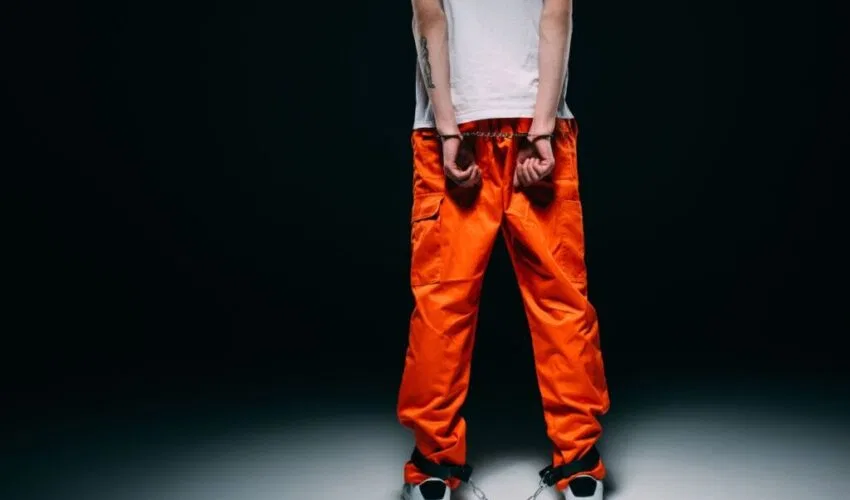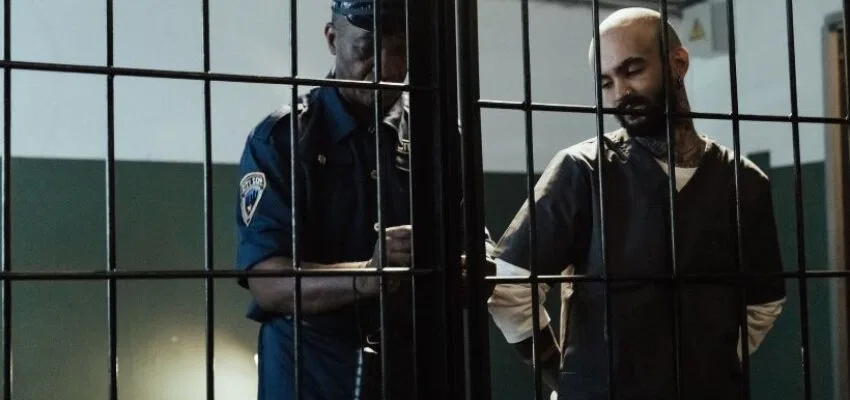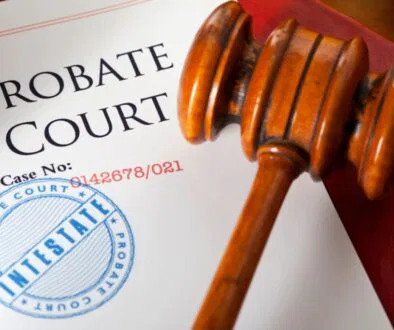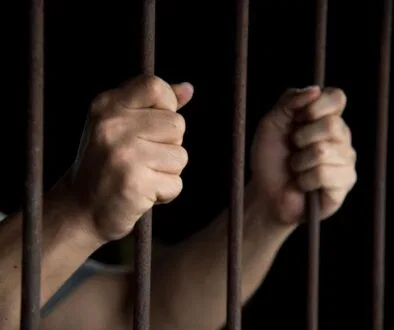The Meaning Behind Jail Uniform Color Codes

Published July 20, 2023
Jail uniforms have a long history, dating back centuries. Uniform clothing for prisoners emerged in the 18th century, aiming to distinguish inmates from the general public and maintain order within the facilities.
When someone serves time behind bars, they are usually required to wear that prison’s designated uniform. Though we often see inmates wearing orange jumpsuits in movies and tv shows, the jail uniform color code comes in different colors.
In the US, there aren’t any standard prison uniform colors. But most facilities use jail uniform color as codes to identify the inmate’s status and security risk. In some cases, it’s also used as a punishment.
If you’re curious about the meaning behind different jail uniform colors, this guide is for you. Here are some of the most common prison jumpsuit colors in the US and their corresponding meanings.
Common Jail Uniform Color Codes and Meaning
As mentioned, uniform colors differ across prisons. Some of the most common prison uniform colors in the US are:
1. Red
Red jail uniforms are typically reserved for high-risk inmates or those with behavioral issues. This color serves as a visual warning to staff, indicating that these inmates require extra attention and supervision.
That’s why it’s usually worn by maximum-security inmates like terrorists and drug lords. But some jails use red jumpsuits for “high-profile” inmates such as celebrities and other public figures.
2. Yellow or Khaki
Yellow uniforms may represent outside offender work crews. Wearing this color of jumpsuit also signifies low risk. It is typically worn by inmates in GenPop or General Population.
3. White
It is often worn by those in segregation units. A white uniform is also given to death row inmates. In some places, wearing a white uniform means no yard time and limited spending. While in some cases, white uniforms can also mean that a prisoner participates in a work release or education program.
4. Green or Blue
This color is often reserved for low-risk inmates. Those inmates on a work detail or charged with a misdemeanor and other nonviolent crimes (e.g., kitchen, cleaning, laundry, mail, or other tasks) wear green or blue jumpsuits.
5. Orange
Orange is one of the most jail uniform colors. It’s unspecific and commonly used for any status in some prisons. It represents a general population status and can also be used for those in work-release programs.
Orange uniforms are relatively common in various correctional facilities. It is considered a more visible color, making it easier for correctional officers to spot inmates if they attempt to escape or cause trouble.
6. Black/Orange and White Stripes
Another unspecific color. It’s also commonly used for any status. But in some places, wearing black and white stripes means the inmate is convicted of violent crimes.
7. Pink
The idea behind pink uniforms is to humiliate and shame the prisoner in front of their fellow inmates. The color is particularly popular for use in male prisons, as it is typically associated with femininity.
A pink uniform is often used as a disciplinary measure for inmates who have violated certain rules in prison. Wearing pink jail uniforms is sometimes used to prevent the inmate from reoffending.
Why Jail Uniforms Come in Different Colors
The prison uniforms that we see today are the product of the prison system evolution. The penal corrective techniques were harsh and brutal before the prison reform movement. Instead of rehabilitating and reforming prisoners, they focused on corporeal and traditional punishments. Prison uniforms were a way to shame and embarrass these men and women.
Now, the color and design of prison uniforms are for security and identification purposes. In most prisons, inmates’ uniforms are color-coded according to their custody level and penitentiary. It explicitly helps officers identify if a prisoner is out of place immediately. Furthermore, the color symbolizes the criminal law’s rehabilitation goal, eliminating the stigma of incarceration of the old black-and-white striped uniforms.
Some prisons also have colors assigned specifically for themselves only.
One of the main reasons for this is the conflict within gangs. In some facilities, gang members are assigned a specific color to prevent each other. This serves two purposes. It protects the correctional officers from getting caught in the nasty crossfire and the prisoners themselves from getting into avoidable violence.

ADVERTISEMENT
Different Uniform Designs
Like uniform colors, uniform designs will likely differ from prison to prison. One of these styles is the one-piece jumpsuit, which consists of short-sleeved jumpsuits, usually in one solid color. These uniforms are designed to be unisex, suitable for both men and women.
Another standard design is the two-piece uniform, resembling hospital scrubs more than anything else. The two-piece uniforms feature a short-sleeved top paired with pants that have an elastic waistband. These uniforms often come in a muted jail uniform color code such as olive and khaki. But they may also be available in brighter colors like orange, hot pink, blue, and canary yellow.
Reduce Your Jail Call Costs By Up To 90% Per Minute With GlobalTel
GlobalTel’s inmate calling service lowers jail call per minute rates by up to 90% for jail calls from US facilities. Sign up now and use the special jail call phone number we create for you to eliminate the long distance jail call fees. Try GlobalTel for only $45.99 for 90 days. Make US/domestic and international jail calls at the local rate and stay connected to your incarcerated loved ones for less. Learn more about how to sign up for calls from inmates here.

This Content Is Fact Checked
Our esteemed team of specialists has thoroughly validated the accuracy of this information. Discover further details about the rigorous editorial guidelines for our website here.
ADVERTISEMENT

About The Author
Krizzia Paolyn is an SEO Specialist with a bachelor’s degree in Psychology. It has always been her passion to share her voice, and at the same time, to encourage other people to speak up.




